Home>Home Appliances>Laundry Appliances>How To Remove Mold In A Washing Machine
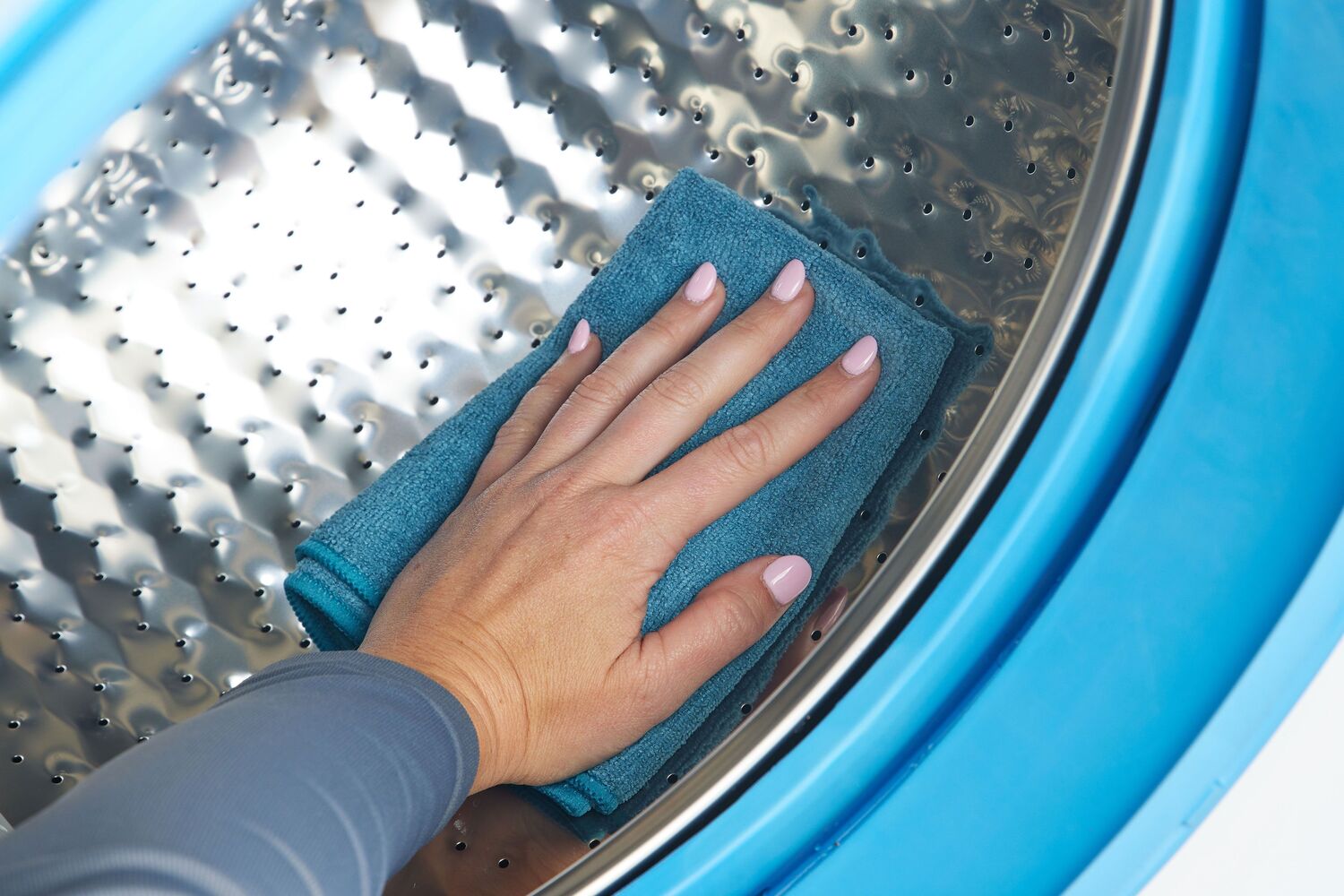

Laundry Appliances
How To Remove Mold In A Washing Machine
Modified: March 2, 2024
Learn how to effectively remove mold from your laundry appliances with our expert tips and tricks. Keep your washing machine clean and mold-free for fresher, cleaner laundry.
(Many of the links in this article redirect to a specific reviewed product. Your purchase of these products through affiliate links helps to generate commission for Storables.com, at no extra cost. Learn more)
Introduction
Mold growth in a washing machine can be a frustrating and unsightly issue for many homeowners. Not only does it lead to unpleasant odors on freshly laundered clothes, but it can also impact the machine's performance and longevity. Fortunately, with the right knowledge and tools, tackling mold in a washing machine can be a manageable task.
In this comprehensive guide, we will delve into the causes of mold in washing machines, the essential tools and materials needed for effective removal, and a step-by-step approach to banishing mold from your appliance. Additionally, we will explore preventive measures to inhibit future mold growth, ensuring that your washing machine remains a clean and hygienic asset in your home.
By understanding the root causes of mold in washing machines and implementing the appropriate strategies, you can maintain a fresh and odor-free laundry experience while prolonging the lifespan of your appliance. Let's embark on this journey to reclaim the cleanliness and efficiency of your washing machine.
Key Takeaways:
- Say goodbye to mold in your washing machine by using vinegar, baking soda, and hot water. Regular maintenance and preventive measures will keep your appliance clean and your laundry fresh.
- Prevent mold by promoting air circulation, using hot water cycles, and reducing detergent usage. Regularly clean the detergent drawer, rubber door seal, and filter to maintain a mold-free washing machine.
Read more: How To Clean Mold From Front Load Washer
Understanding the Causes of Mold in a Washing Machine
Mold growth in a washing machine is a common issue that can stem from various factors. Understanding the root causes of mold in this appliance is crucial for effective prevention and removal. Here are the primary factors contributing to mold growth in washing machines:
-
Moisture Build-Up: Washing machines create a damp environment ideal for mold growth. After completing a laundry cycle, residual moisture can linger in the drum, detergent drawer, and rubber door seal. If not promptly dried, this moisture provides a breeding ground for mold and mildew.
-
Low Temperatures: Washing clothes at lower temperatures, such as 30 or 40 degrees Celsius, is energy-efficient and gentle on fabrics. However, these lower temperatures may not effectively kill mold spores, allowing them to thrive and multiply within the machine.
-
Detergent Residue: Excessive use of liquid detergents or fabric softeners can leave behind sticky residues in the machine. Over time, these residues can accumulate and create a conducive environment for mold growth.
-
Poor Ventilation: Inadequate airflow around the washing machine can impede the evaporation of moisture, leading to a humid environment that promotes mold and mildew.
-
Infrequent Cleaning: Neglecting regular cleaning and maintenance of the washing machine allows mold and mildew to proliferate. The accumulation of dirt, lint, and soap scum provides organic matter for mold to feed on, exacerbating the issue.
By recognizing these underlying causes of mold in washing machines, homeowners can take proactive measures to mitigate these factors and prevent mold growth. Additionally, addressing these root causes is essential for effectively removing existing mold and preventing its recurrence in the future.
Tools and Materials Needed for Removing Mold
To effectively remove mold from a washing machine, you will need a set of essential tools and materials to ensure thorough cleaning and disinfection. Here's a comprehensive list of what you'll need:
Tools:
-
Rubber Gloves: Protect your hands from direct contact with mold and cleaning agents by wearing durable rubber gloves. This is essential for personal safety and hygiene during the cleaning process.
-
Sponge or Cloth: A non-abrasive sponge or cloth will be used to apply cleaning solutions and scrub away mold from the surfaces of the washing machine. Opt for a soft sponge to avoid damaging the appliance's interior.
-
Toothbrush or Small Brush: A toothbrush or small brush with soft bristles is ideal for reaching tight spaces and crevices where mold may be present, such as around the rubber door seal and in the detergent drawer.
-
Spray Bottle: Fill a spray bottle with a homemade or commercial cleaning solution to effectively apply it to the affected areas of the washing machine.
-
Vacuum Cleaner with Brush Attachment: A vacuum cleaner equipped with a brush attachment can be used to remove loose mold spores, dirt, and debris from the rubber door seal and other inaccessible areas.
Materials:
-
White Vinegar: Known for its natural disinfecting properties, white vinegar is an effective and eco-friendly solution for combating mold and mildew. It also helps eliminate odors and sanitize the washing machine.
-
Baking Soda: This versatile household ingredient acts as a gentle abrasive cleaner and deodorizer. When combined with vinegar, it creates a powerful foaming action that aids in removing mold and stubborn residues.
-
Commercial Mold Remover: If the mold infestation is severe, consider using a commercial mold remover specifically formulated for washing machines. These products are designed to penetrate and eradicate mold while preventing its regrowth.
-
Hot Water: Access to hot water is essential for activating the cleaning solutions and thoroughly rinsing the washing machine's interior components.
-
Microfiber Cloth: Use a microfiber cloth for drying and polishing the interior surfaces of the washing machine after the cleaning process.
By assembling these tools and materials, you will be well-equipped to tackle mold removal in your washing machine effectively. Each item serves a specific purpose in the cleaning process, ensuring that you can address mold growth comprehensively and restore your appliance to a clean and hygienic state.
Step-by-Step Guide to Removing Mold in a Washing Machine
-
Prepare the Washing Machine: Start by unplugging the washing machine to ensure safety during the cleaning process. Open the door and allow the interior to air out for a few minutes. Put on rubber gloves to protect your hands from direct contact with mold and cleaning solutions.
-
Mix the Cleaning Solution: In a small bowl, combine equal parts of white vinegar and hot water. This natural solution effectively disinfects and eliminates mold and mildew. For enhanced cleaning power, add a few tablespoons of baking soda to the mixture and stir until it forms a paste.
-
Apply the Cleaning Solution: Using a sponge or cloth, apply the vinegar and water solution to the rubber door seal, detergent drawer, and any visible mold growth inside the washing machine. Ensure thorough coverage of the affected areas, allowing the solution to penetrate the mold and mildew.
-
Scrub and Remove Mold: With a toothbrush or small brush, gently scrub the affected areas to loosen and remove the mold. Pay close attention to crevices and tight spaces where mold tends to accumulate. For stubborn mold stains, apply the vinegar and baking soda paste and let it sit for a few minutes before scrubbing.
-
Rinse the Interior: After effectively removing the mold, use a clean damp cloth to wipe down the interior surfaces of the washing machine. Ensure that all traces of the cleaning solution and mold residues are thoroughly rinsed away.
-
Sanitize with Vinegar: Fill the detergent compartment with white vinegar and run a hot water cycle without any laundry. The vinegar will disinfect the interior of the washing machine, neutralize odors, and inhibit mold regrowth.
-
Clean the Rubber Door Seal: Carefully inspect the rubber door seal for any remaining mold or mildew. Use a mixture of vinegar and water to clean the seal, ensuring that all traces of mold are eradicated.
-
Vacuum and Dry: Use a vacuum cleaner with a brush attachment to remove any loose mold spores, dirt, and debris from the rubber door seal and other inaccessible areas. Once the interior is clean and dry, use a microfiber cloth to wipe down and polish the surfaces.
-
Regular Maintenance: To prevent future mold growth, establish a routine for cleaning and maintaining your washing machine. Leave the door ajar after each use to promote airflow and prevent moisture buildup. Additionally, run a hot water cycle with vinegar once a month to keep the appliance sanitized and mold-free.
By following this step-by-step guide, you can effectively remove mold from your washing machine and restore it to a clean and hygienic condition. Implementing these proactive measures will not only eliminate existing mold but also prevent its recurrence, ensuring that your laundry appliance remains a reliable and odor-free asset in your home.
Run a hot water cycle with 2 cups of white vinegar to kill mold in the washing machine. Then wipe down the drum and seals with a mixture of water and baking soda.
Preventing Mold Growth in the Future
Preventing mold growth in the future is essential for maintaining a clean and hygienic washing machine while safeguarding the quality of your laundry. By implementing proactive measures and incorporating regular maintenance practices, you can effectively inhibit the recurrence of mold and mildew in your appliance. Here's a comprehensive approach to preventing mold growth in the future:
-
Promote Air Circulation: After completing a laundry cycle, leave the washing machine door ajar to allow air circulation and facilitate the evaporation of residual moisture. This simple practice helps prevent the buildup of dampness, reducing the likelihood of mold growth within the appliance.
-
Use Hot Water Cycles: Periodically run hot water cycles without any laundry, accompanied by white vinegar or a commercial washing machine cleaner. The heat and disinfecting properties of vinegar effectively sanitize the interior of the washing machine, eliminating mold spores and preventing their proliferation.
-
Clean the Detergent Drawer: Regularly remove and clean the detergent drawer to prevent the accumulation of detergent residues and moisture. Wipe the drawer thoroughly and allow it to air dry before reinserting it into the washing machine.
-
Inspect and Clean the Rubber Door Seal: Routinely inspect the rubber door seal for any signs of mold or mildew. If present, clean the seal with a vinegar and water solution, ensuring that all traces of mold are eradicated. Additionally, wipe the seal dry to prevent moisture retention.
-
Reduce Detergent Usage: Use the recommended amount of detergent and fabric softener to avoid excessive residue buildup in the washing machine. Overuse of these products can contribute to mold growth, so measure and dispense them accurately according to the manufacturer's guidelines.
-
Perform Regular Maintenance: Establish a monthly maintenance routine that includes cleaning the drum, rubber door seal, and detergent drawer. Use a damp cloth and mild detergent to wipe down the interior surfaces, removing any accumulated residues and preventing mold from taking hold.
-
Inspect and Clean the Filter: If your washing machine is equipped with a filter, inspect and clean it regularly to prevent the accumulation of lint, debris, and organic matter. A clean filter promotes efficient drainage and reduces the risk of mold development.
-
Address Plumbing Issues: Ensure that the washing machine's water supply and drainage connections are free from leaks and blockages. Address any plumbing issues promptly to prevent water accumulation and excess moisture, which can contribute to mold growth.
By incorporating these preventive measures into your washing machine maintenance routine, you can effectively mitigate the risk of mold growth and maintain a clean, odor-free, and hygienic laundry appliance. Consistent attention to these practices will not only preserve the integrity of your washing machine but also contribute to the longevity of your clothing and linens, ensuring that they emerge from the wash fresh and mold-free.
Conclusion
In conclusion, addressing mold growth in a washing machine is a critical aspect of home maintenance that directly impacts the cleanliness and hygiene of your laundry. By understanding the root causes of mold in washing machines and implementing effective removal strategies, homeowners can reclaim the freshness and efficiency of their appliances. The accumulation of moisture, low washing temperatures, detergent residues, poor ventilation, and infrequent cleaning are primary contributors to mold growth in washing machines. Recognizing these factors is pivotal in preventing and combating mold infestations.
Equipped with essential tools and materials, including rubber gloves, vinegar, baking soda, and a spray bottle, homeowners can embark on a comprehensive mold removal process. The step-by-step guide outlined in this article provides a systematic approach to eradicating mold from the washing machine's interior, ensuring thorough cleaning and disinfection. By following these proactive measures, individuals can not only eliminate existing mold but also inhibit its recurrence, promoting a clean and odor-free laundry experience.
Furthermore, preventing mold growth in the future is equally crucial. Implementing practices such as promoting air circulation, using hot water cycles, cleaning the detergent drawer and rubber door seal, reducing detergent usage, and performing regular maintenance are essential for safeguarding the washing machine against mold and mildew. These preventive measures contribute to the longevity of the appliance and the preservation of clothing and linens, ensuring that each laundry cycle yields fresh and mold-free results.
In essence, maintaining a mold-free washing machine is a testament to a hygienic home environment and the preservation of clothing and linens. By integrating the knowledge and strategies presented in this guide, homeowners can proactively address mold growth, safeguard the efficiency of their appliances, and enjoy the benefits of clean and fresh laundry. With a commitment to regular maintenance and preventive measures, individuals can uphold the cleanliness and functionality of their washing machines, fostering a healthy and pleasant laundry experience for years to come.
Frequently Asked Questions about How To Remove Mold In A Washing Machine
Was this page helpful?
At Storables.com, we guarantee accurate and reliable information. Our content, validated by Expert Board Contributors, is crafted following stringent Editorial Policies. We're committed to providing you with well-researched, expert-backed insights for all your informational needs.
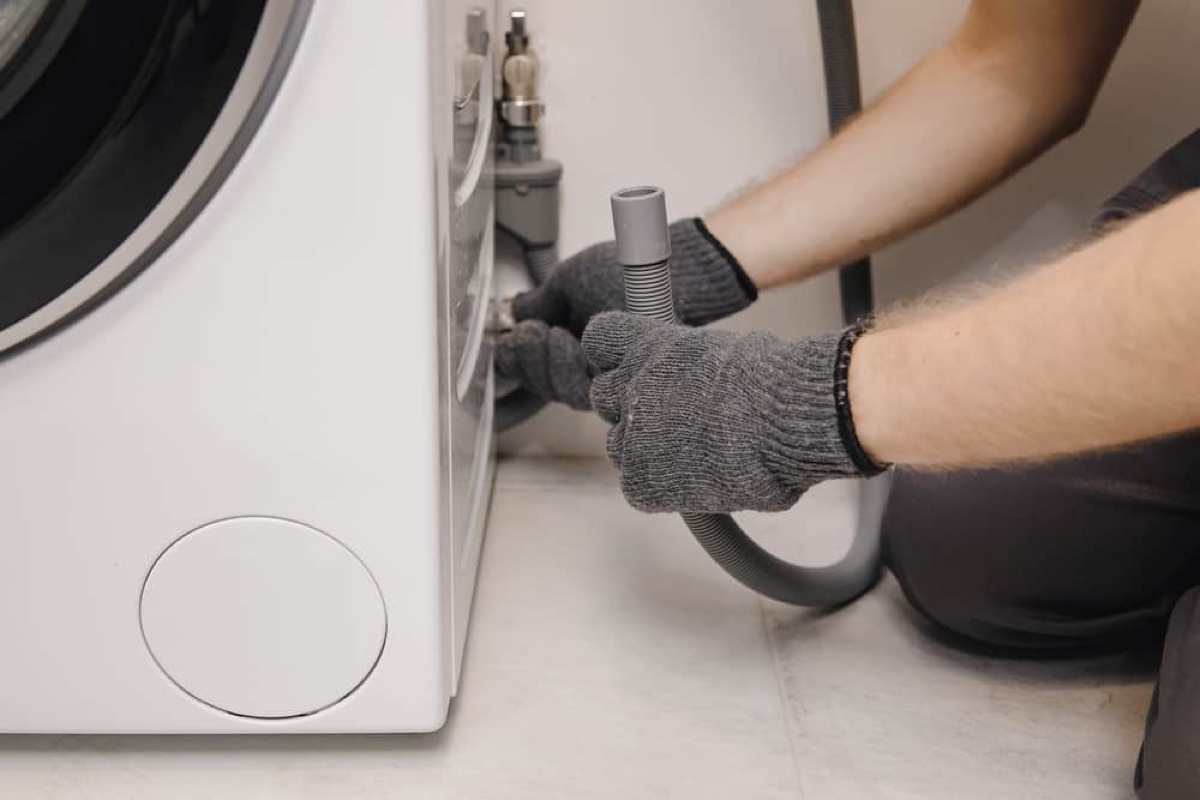
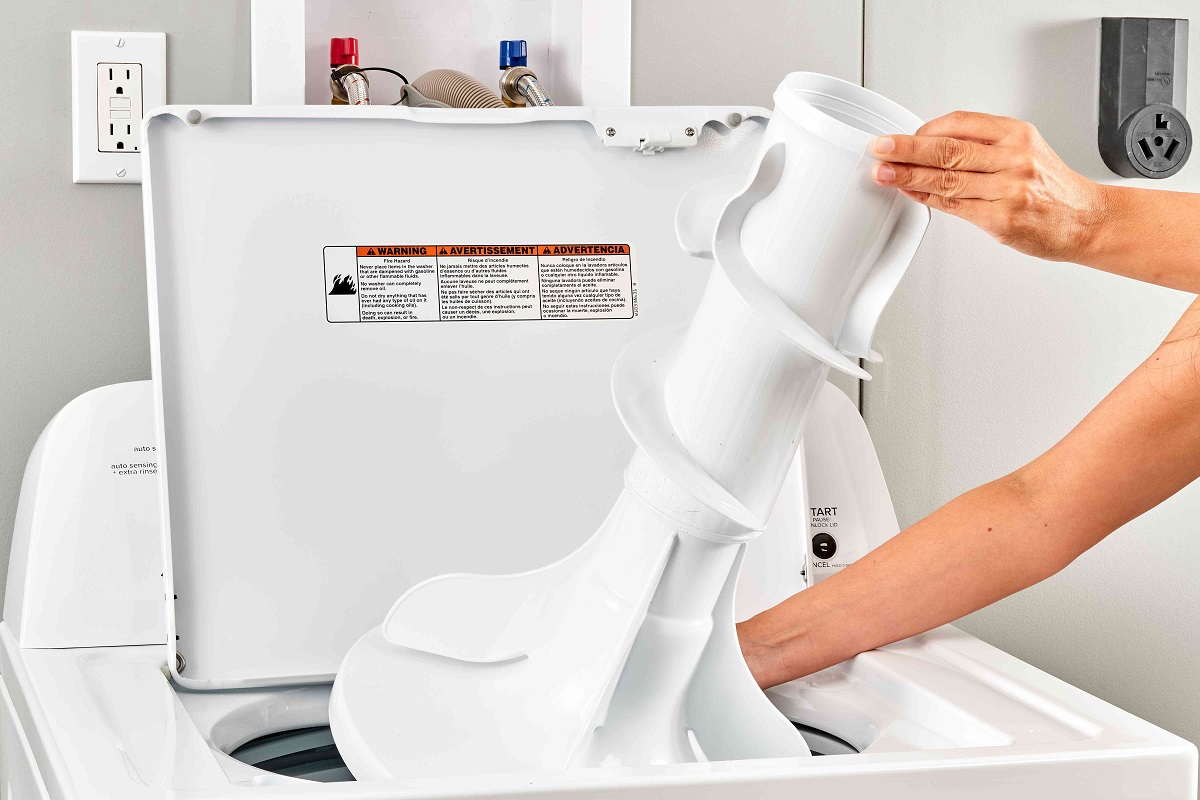
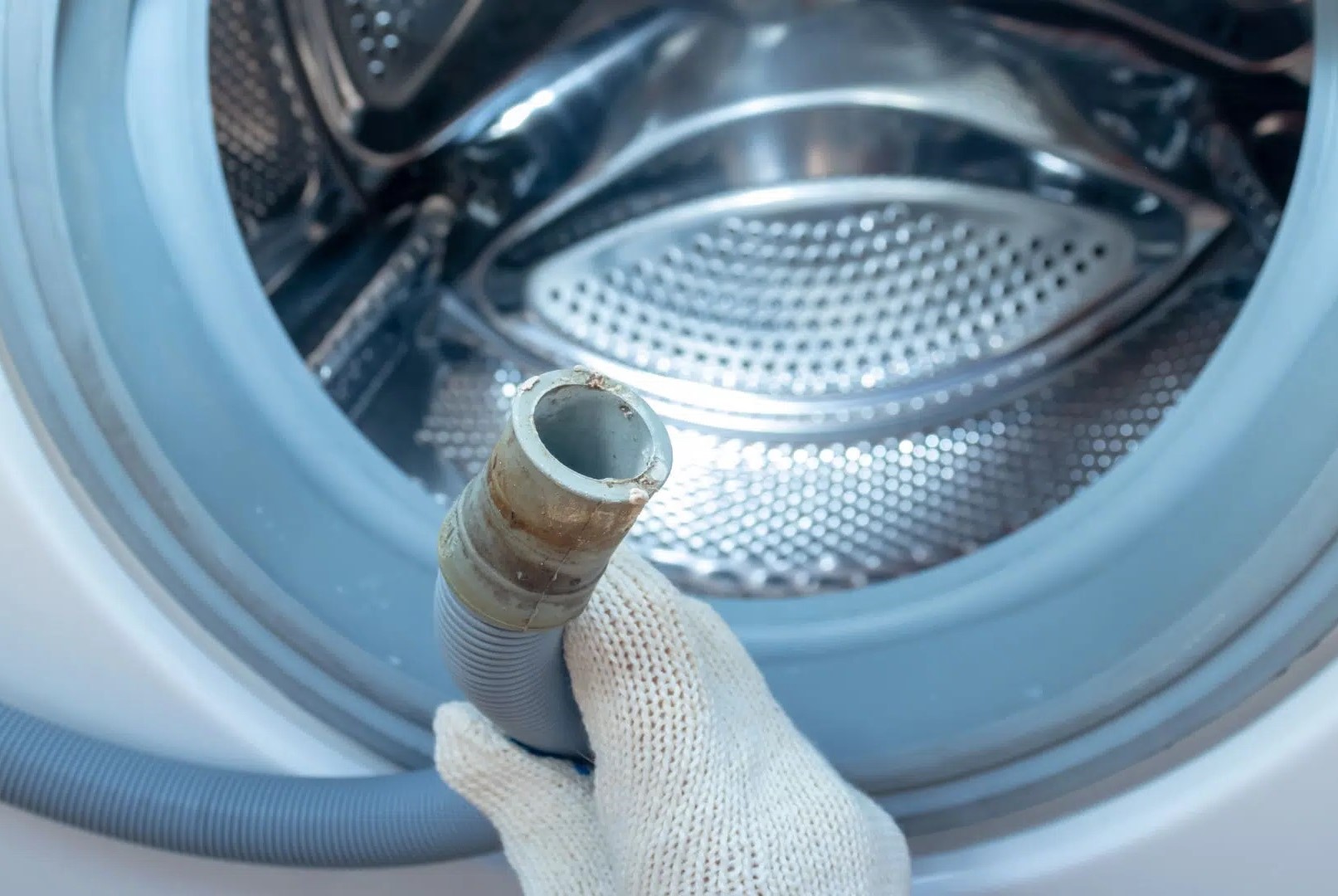
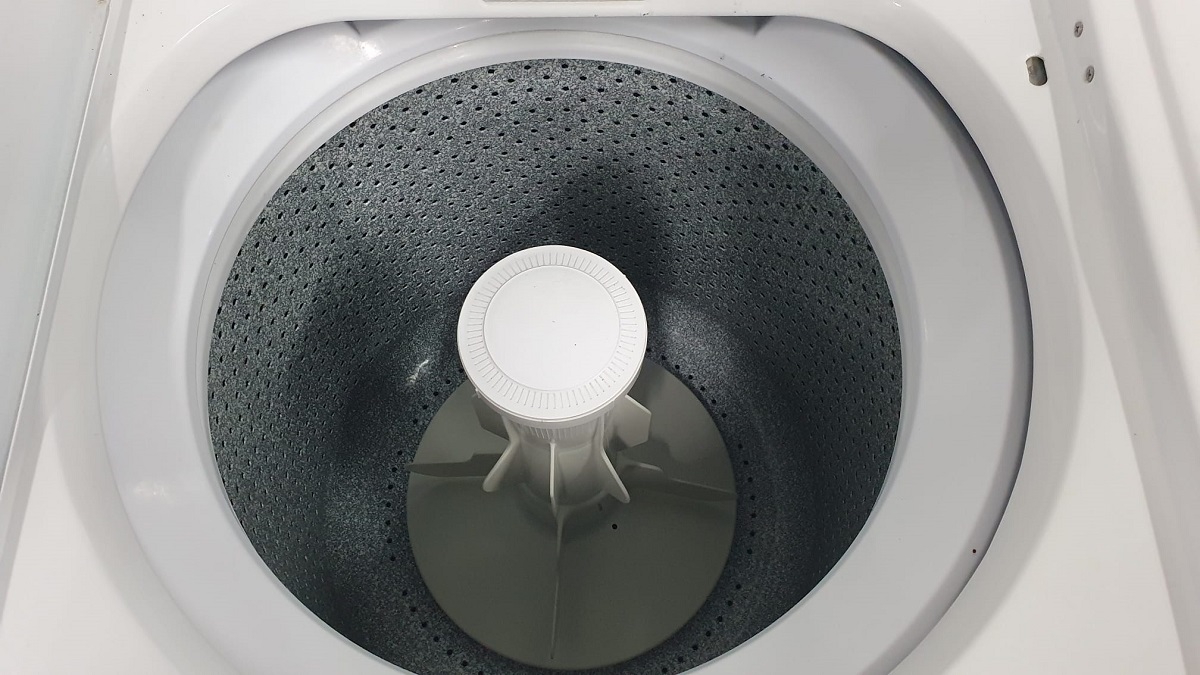
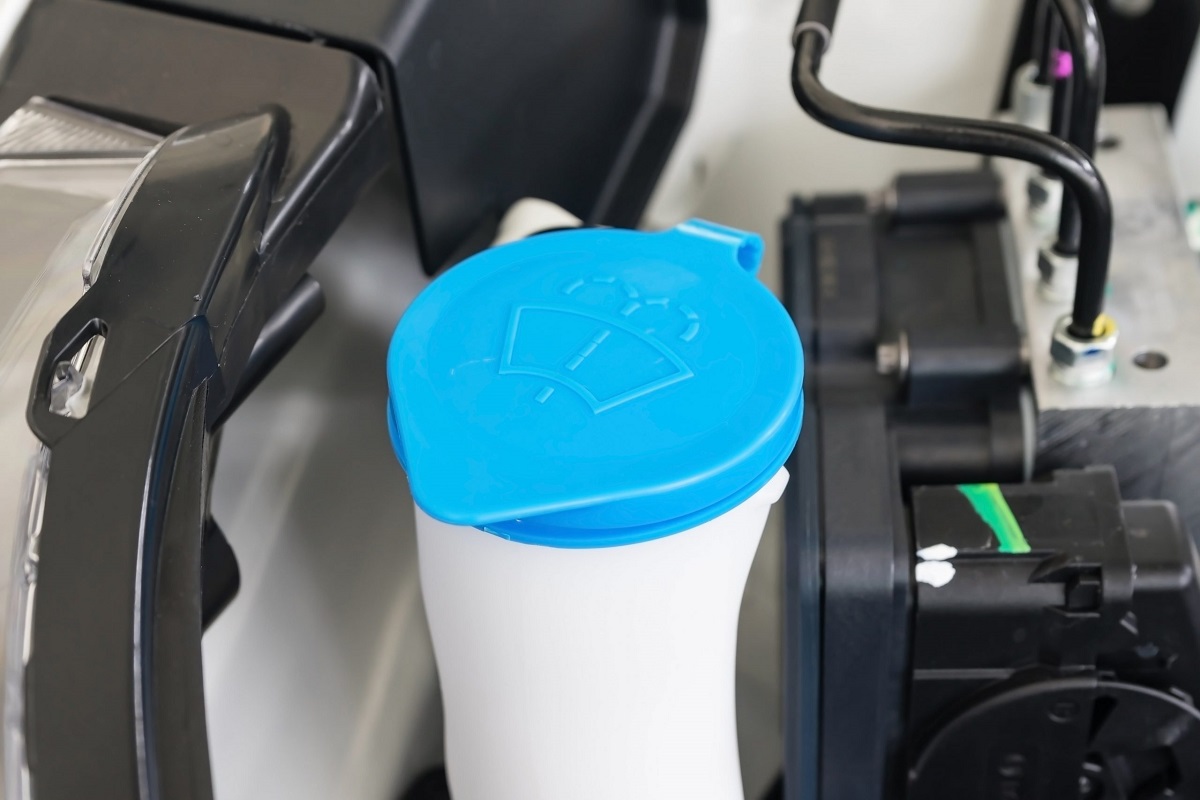
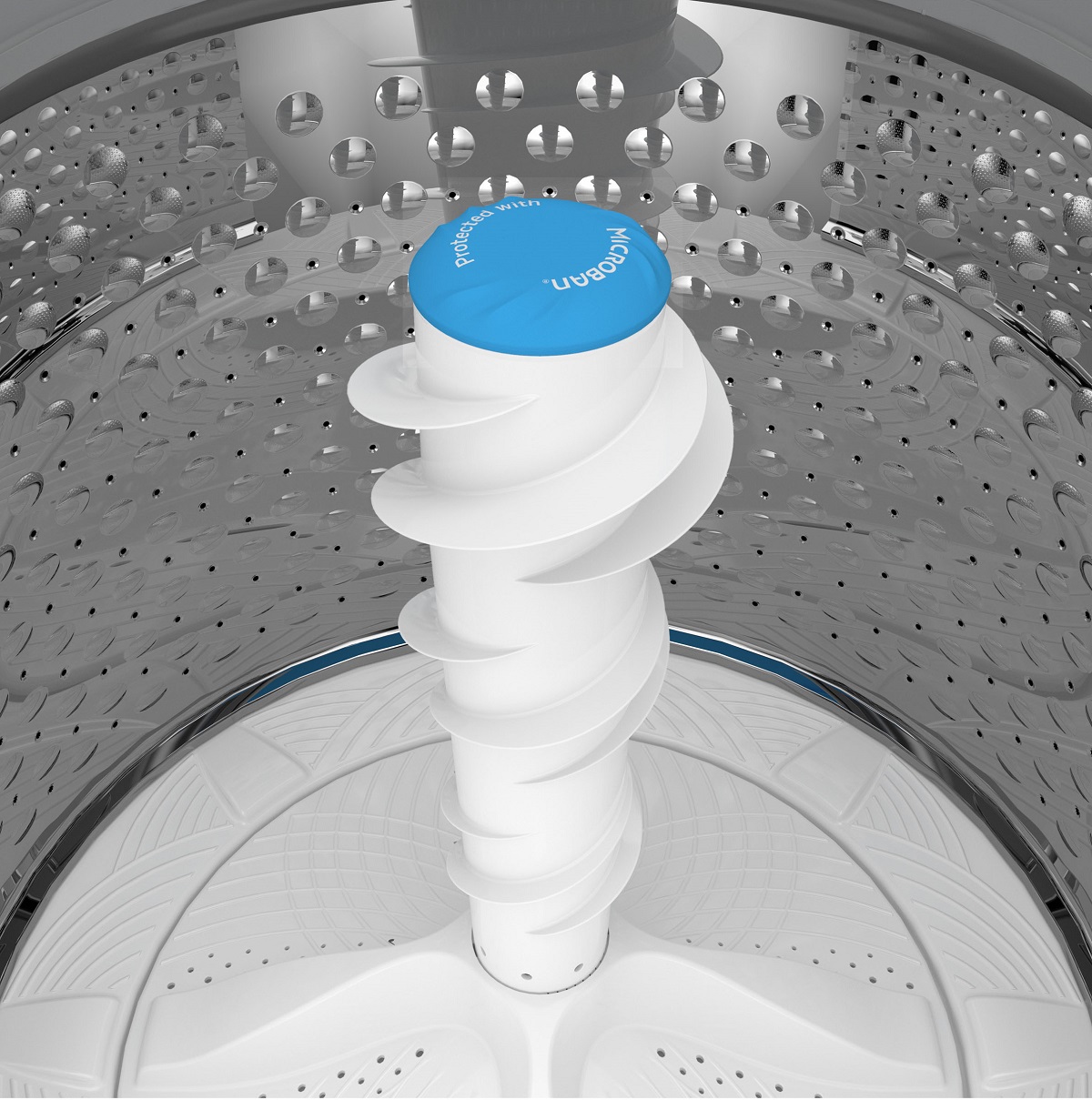
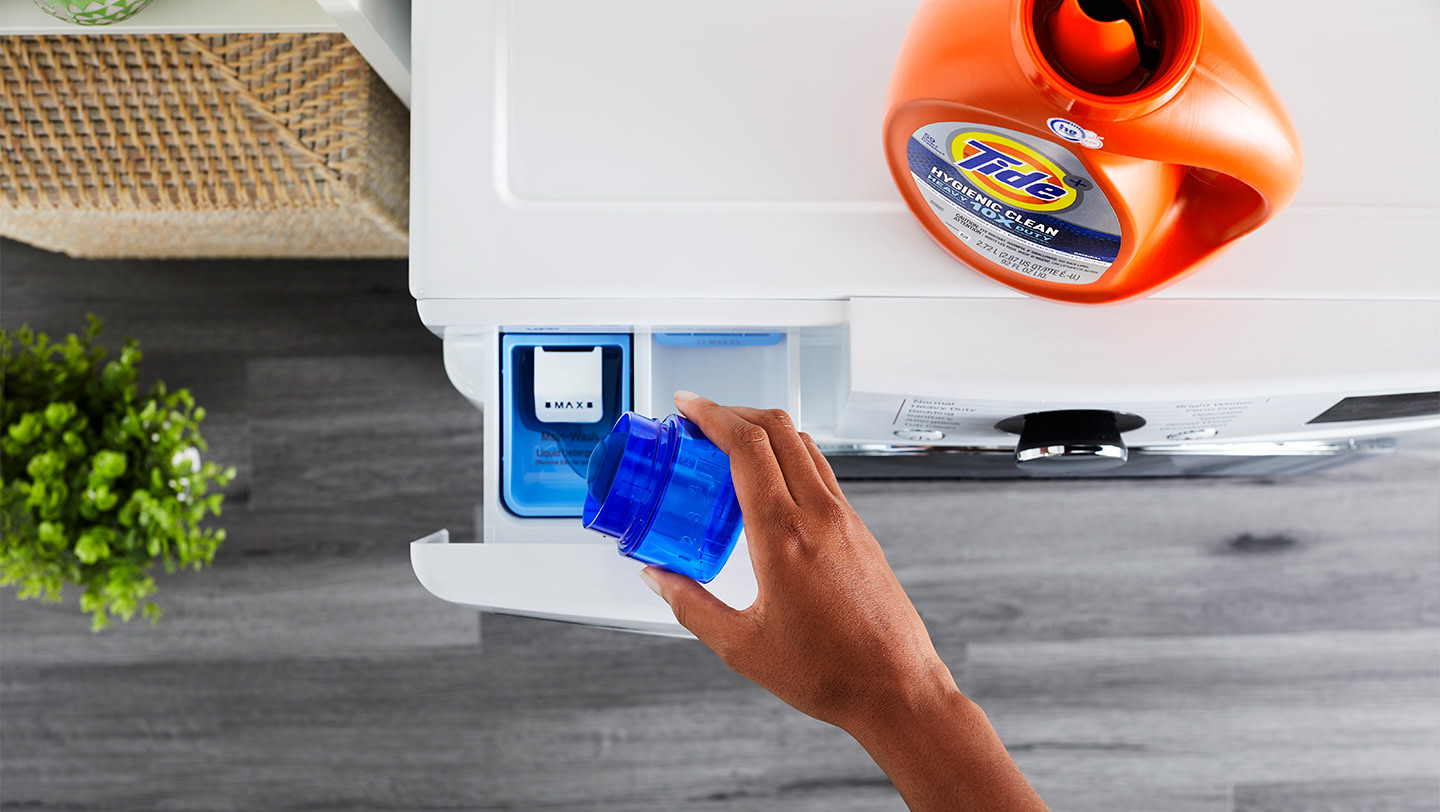

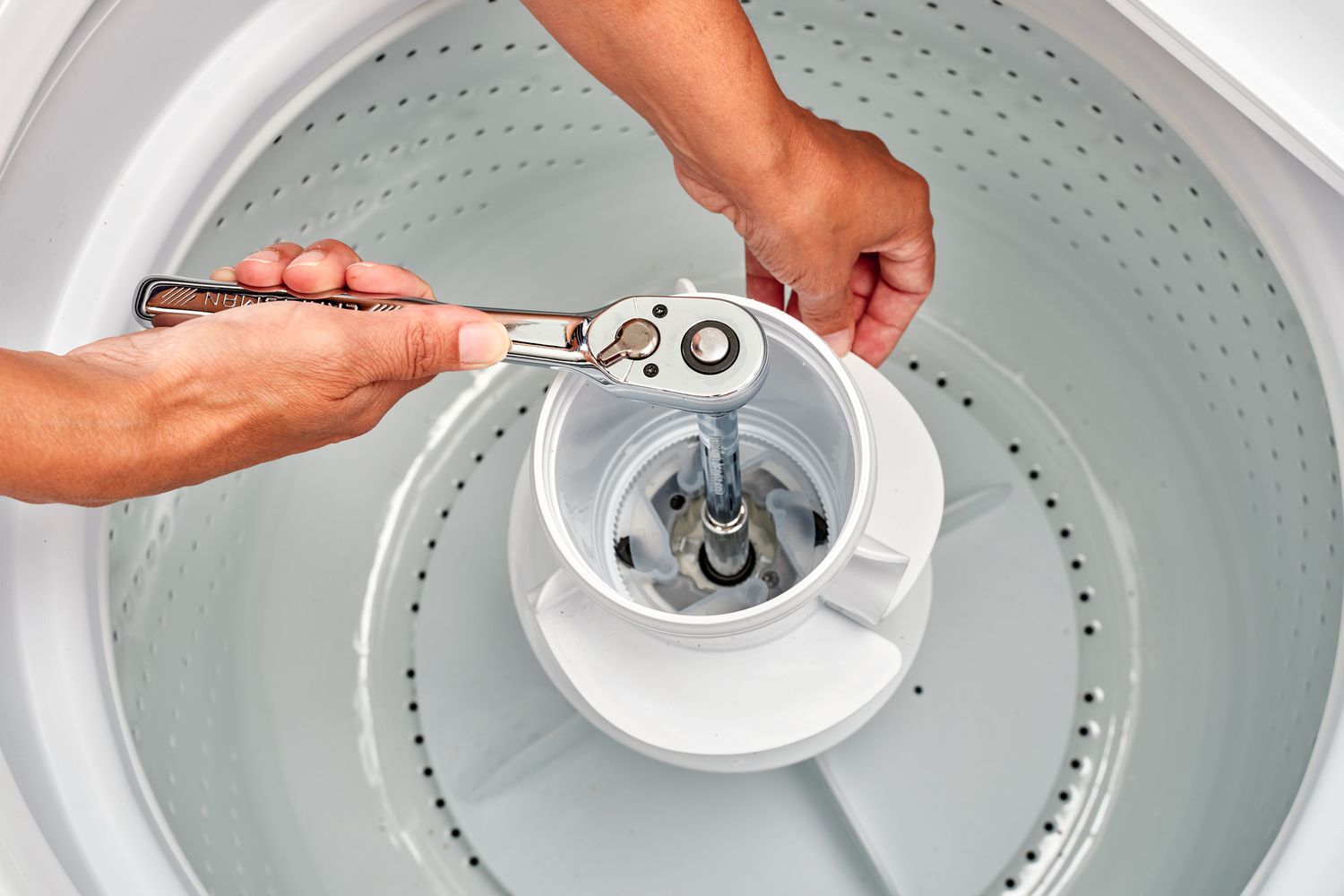
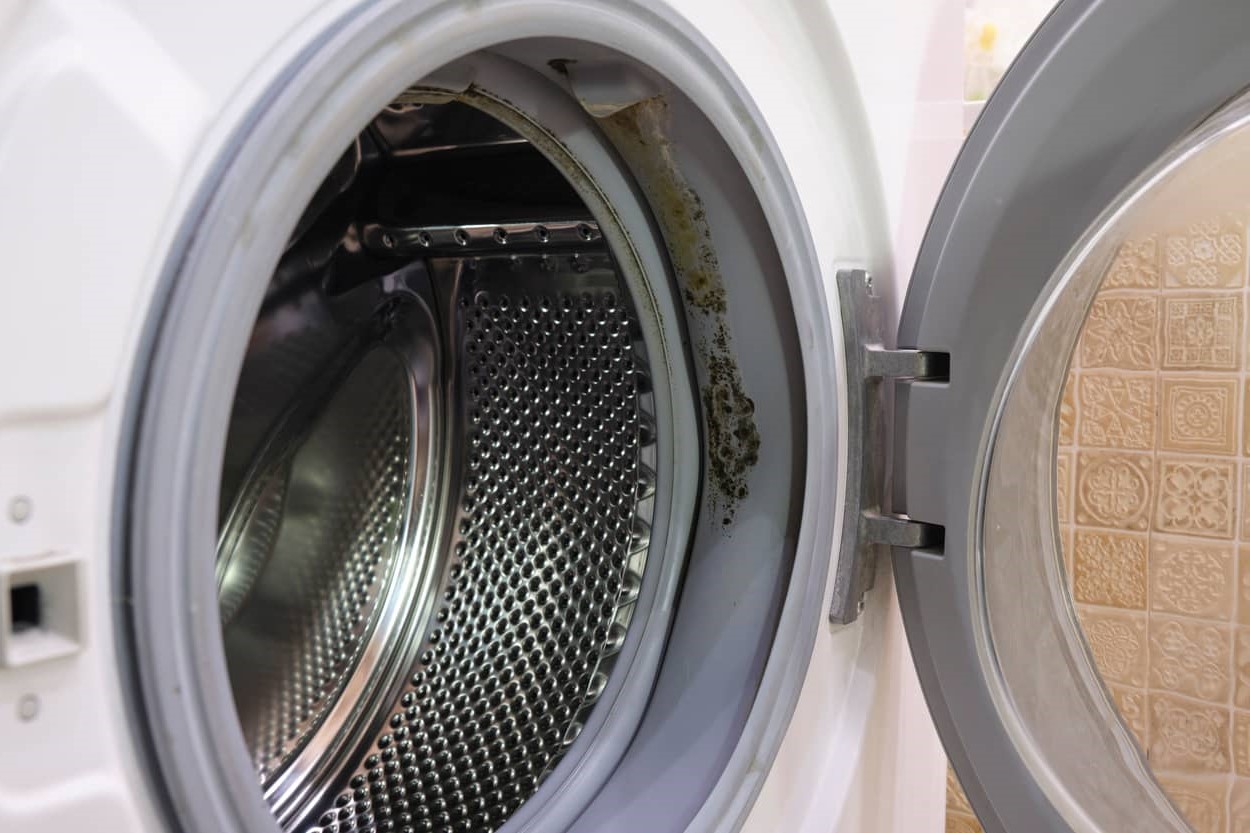
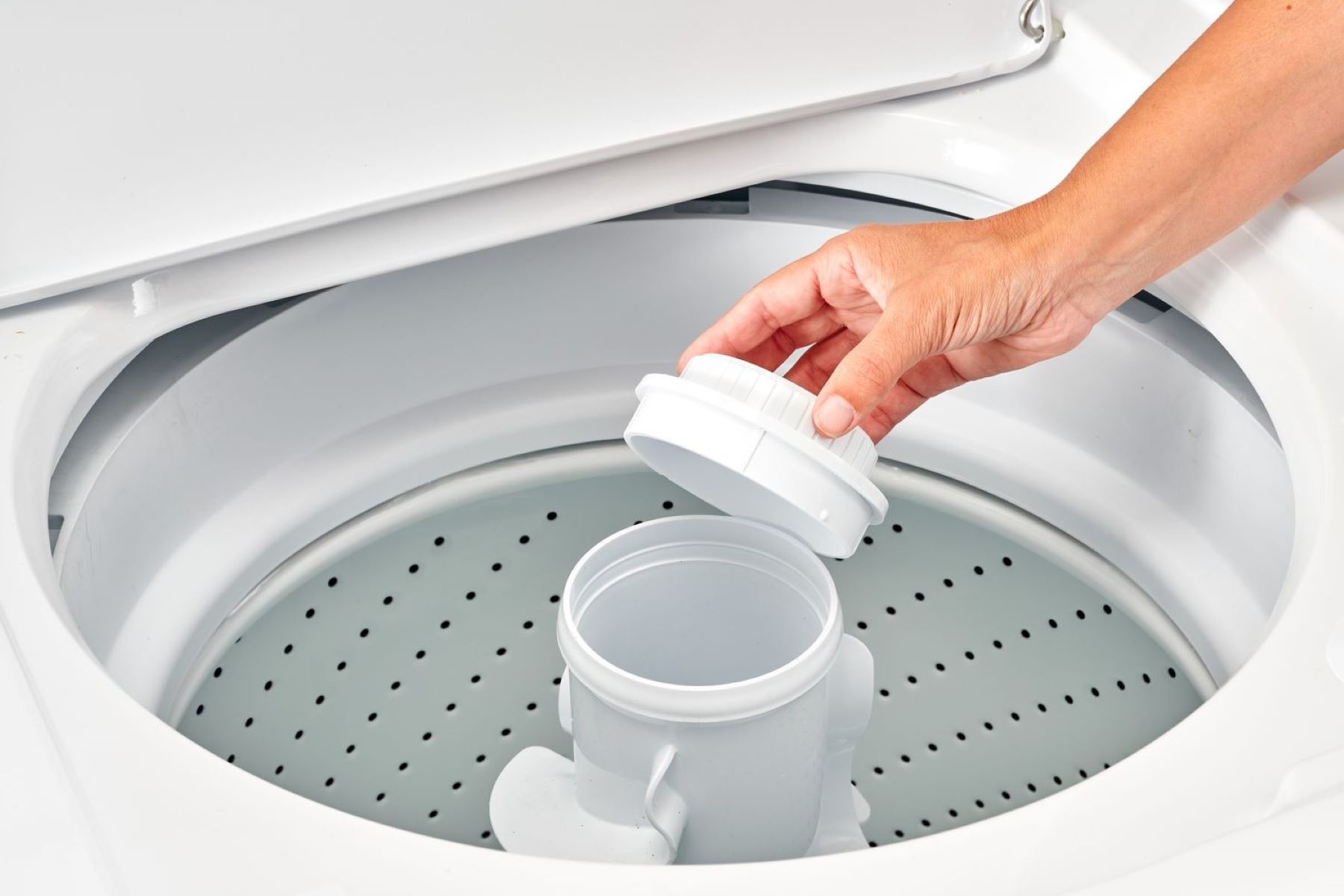
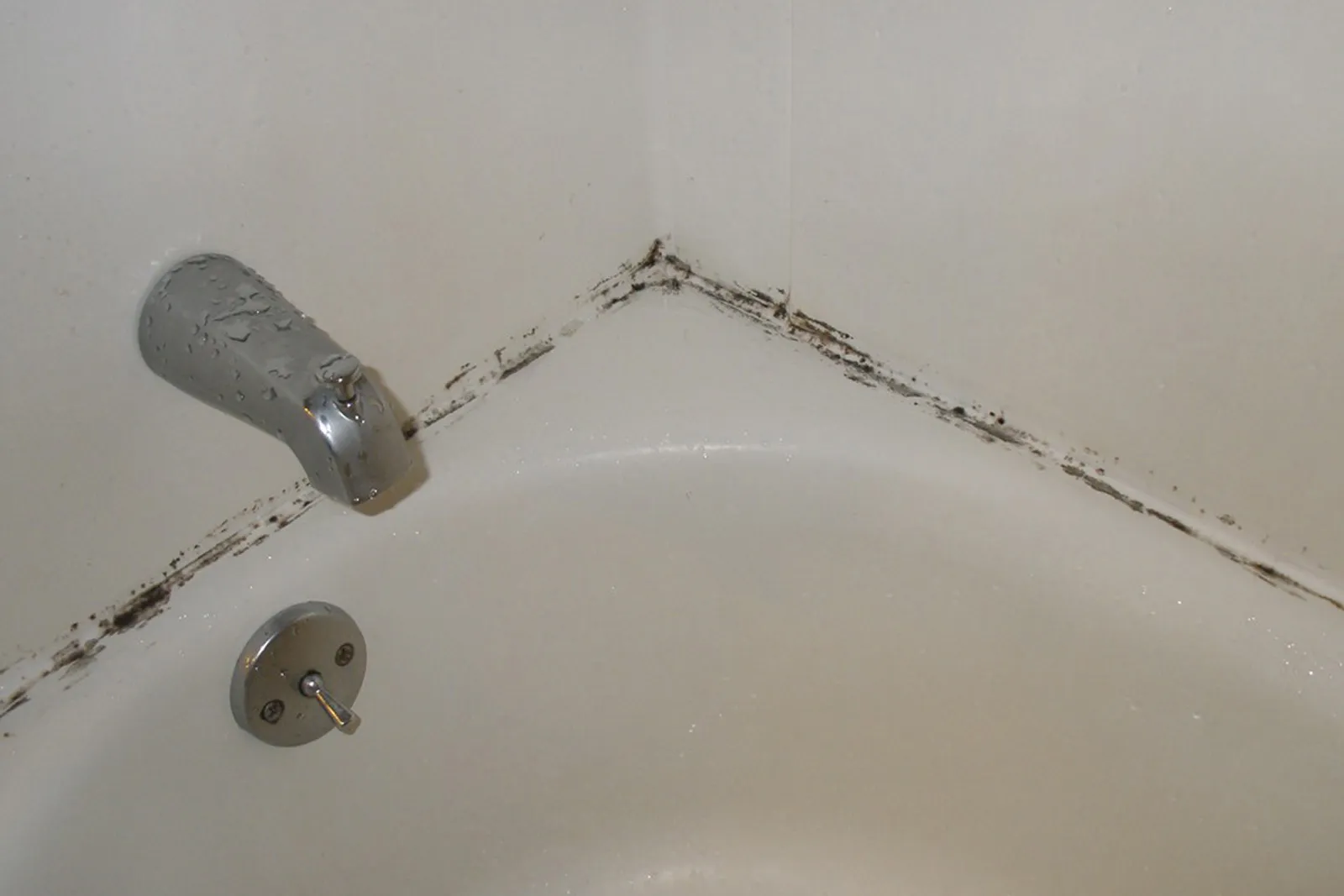
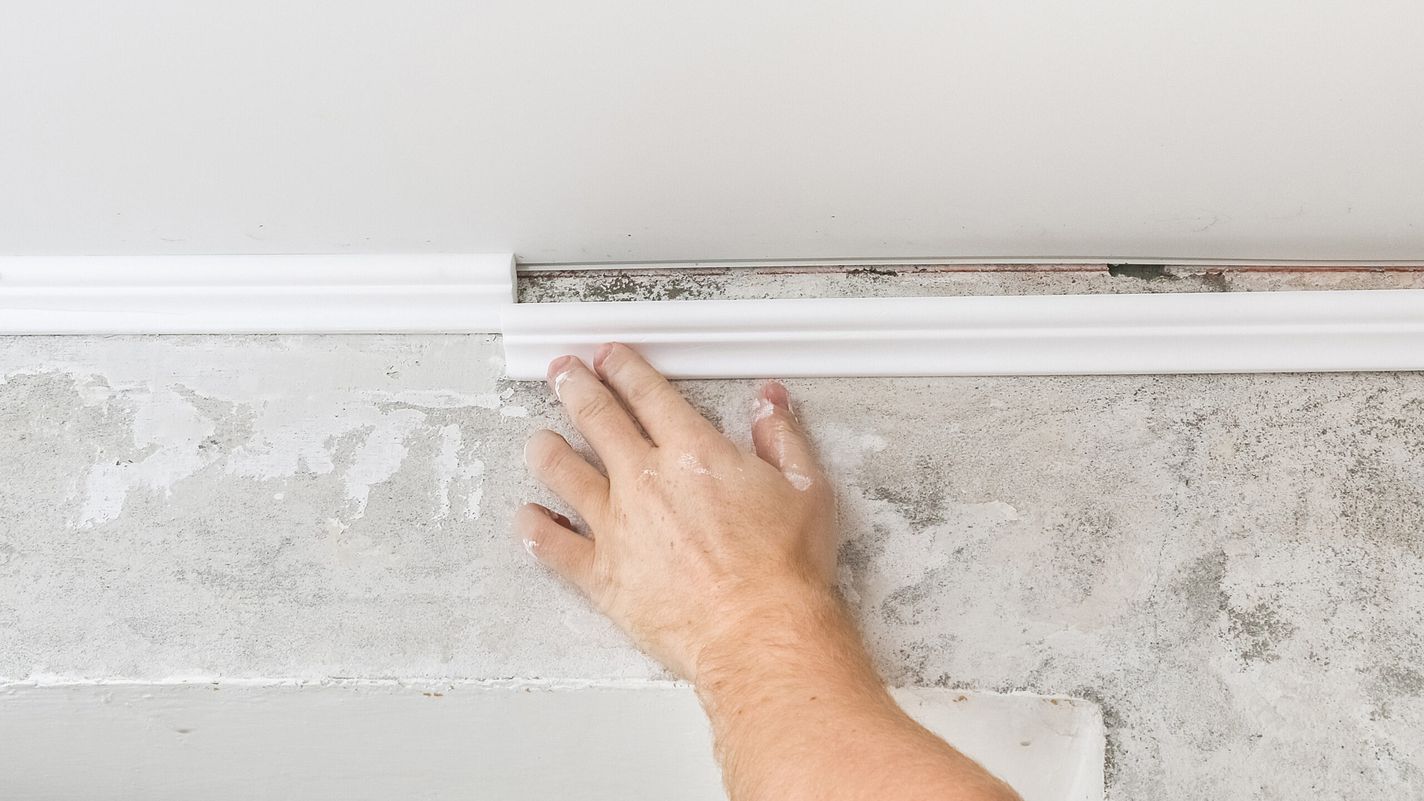
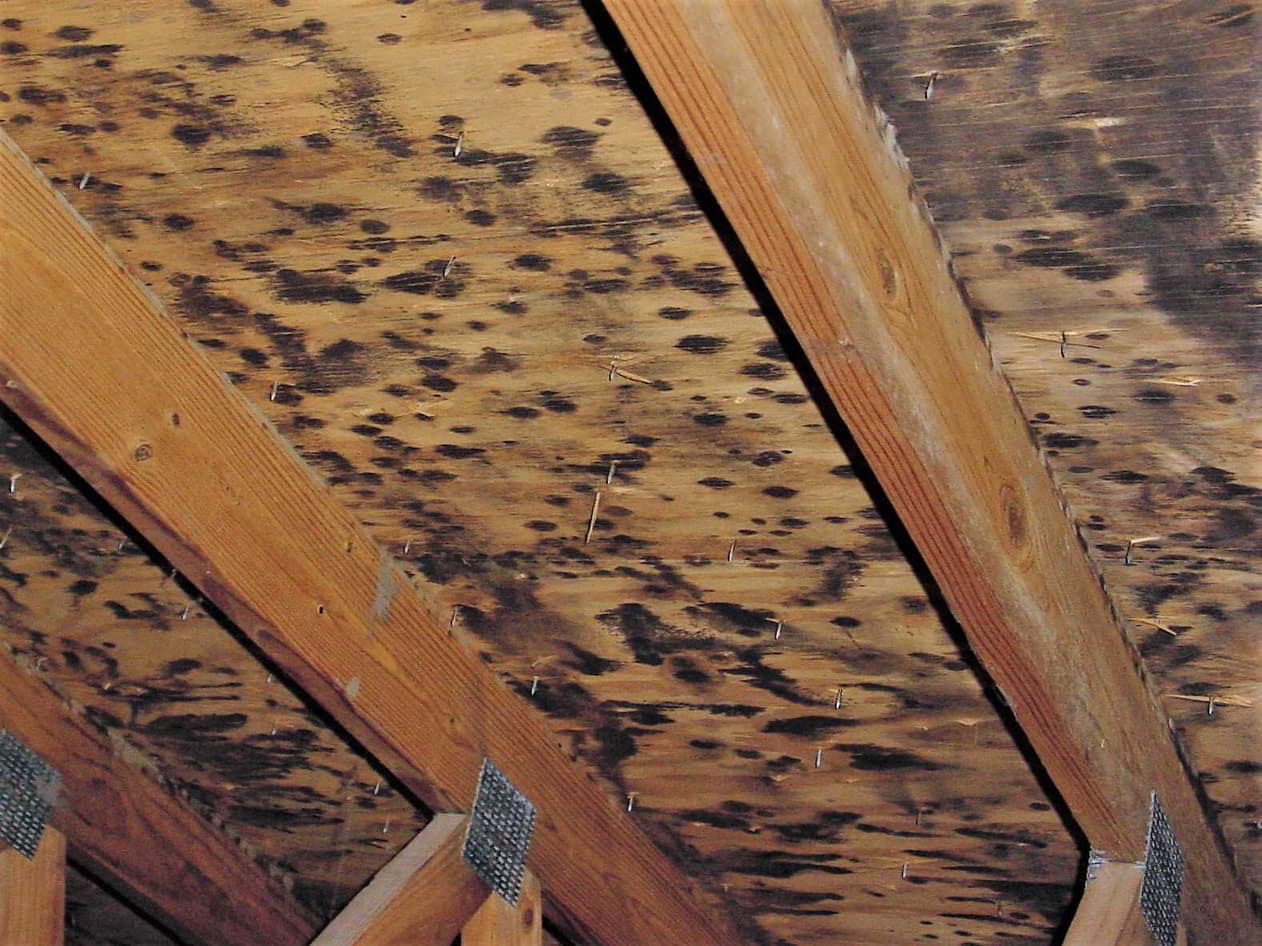

0 thoughts on “How To Remove Mold In A Washing Machine”